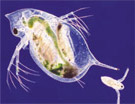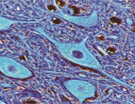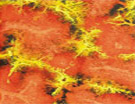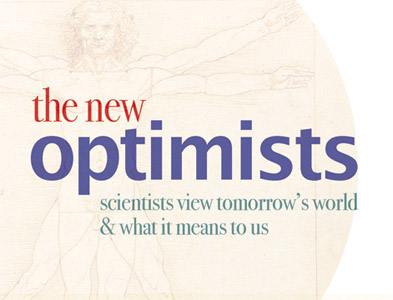 Dr Ann Vernallis studies small proteins called cytokines. Although most people will never have heard of them, abnormal increases or decreases in cytokine levels are associated with a variety of diseases. Researchers have been interested in them for years; medical interest really took off when anti-TNF (tumour necrosis factor) treatment was developed for rheumatoid arthritis — an example of the beneficial interplay of basic and clinical sciences.
Dr Ann Vernallis studies small proteins called cytokines. Although most people will never have heard of them, abnormal increases or decreases in cytokine levels are associated with a variety of diseases. Researchers have been interested in them for years; medical interest really took off when anti-TNF (tumour necrosis factor) treatment was developed for rheumatoid arthritis — an example of the beneficial interplay of basic and clinical sciences.
Dr Ann Vernallis is a Lecturer in the School of Life and Health Sciences at the University of Aston. She’s interested in cell signalling. As a post-doctoral fellow, she studied cytokine receptor interactions in the IL-6 family. At Aston, she’s studied the secretion of Leukemia Inhibitory Factor (LIF), the pro-inflammatory activities of lipoteichoic acid from Gram-positive bacteria and cytokine levels in patients with infections. She’s currently working on the anti-inflammatory effects of tetracyclines, and she collaborates on studies of neuron/astrocyte interactions in a neuronal stem cell model.









